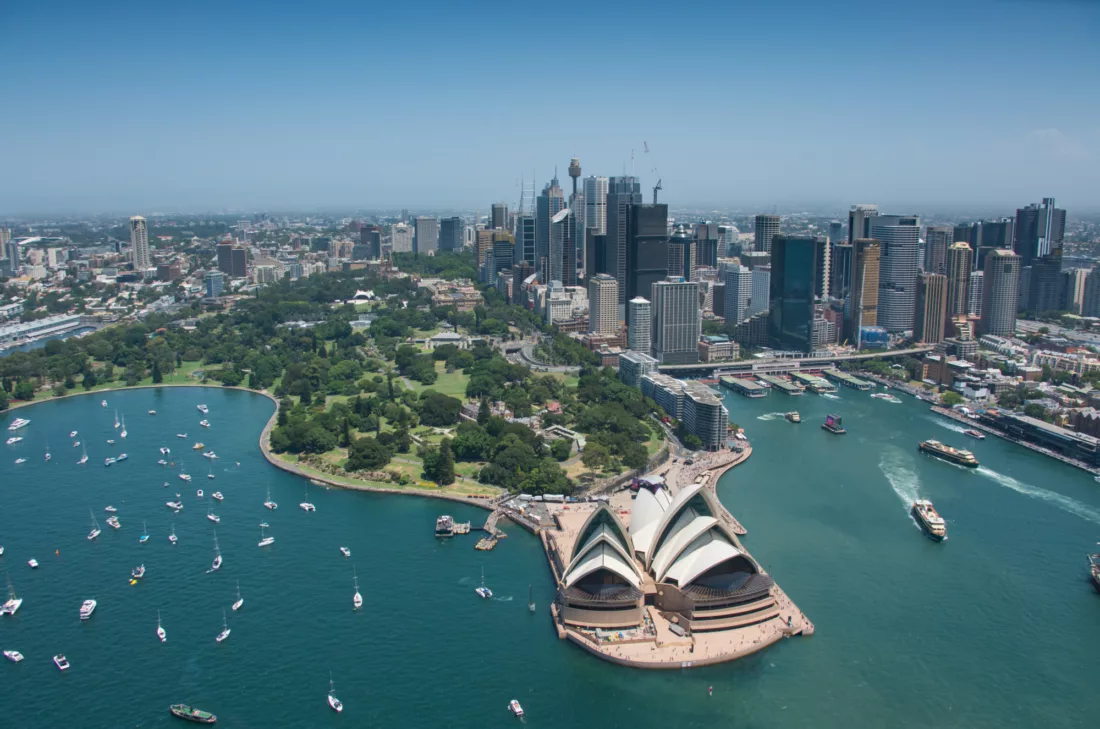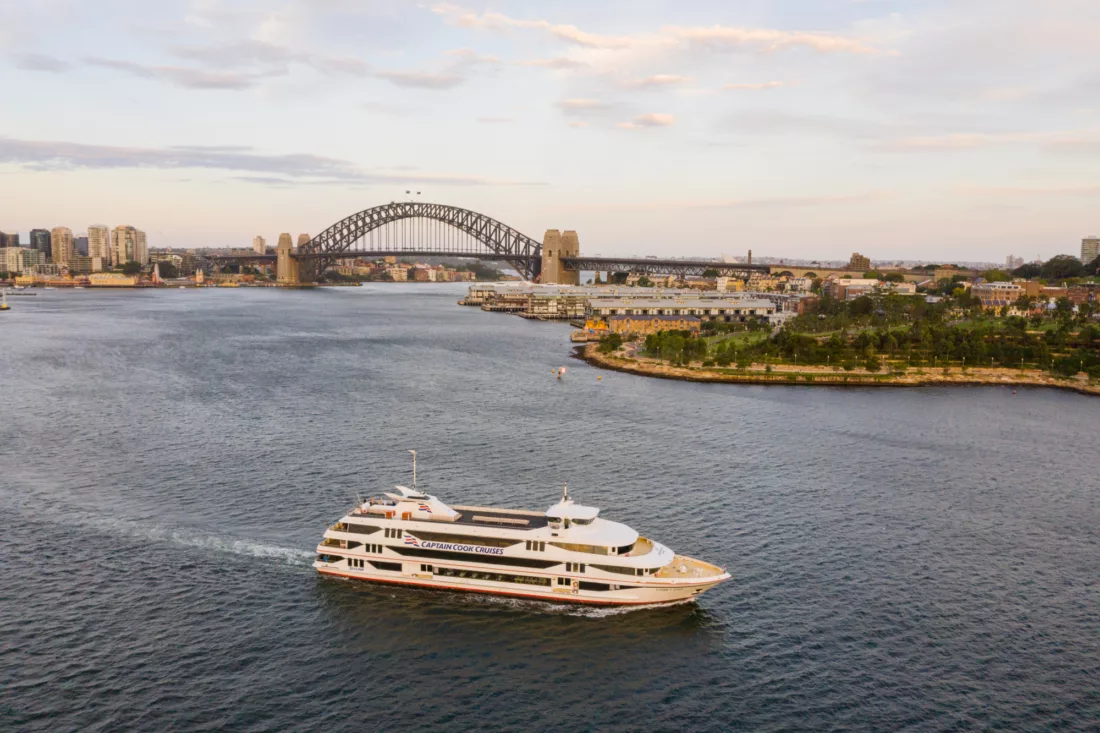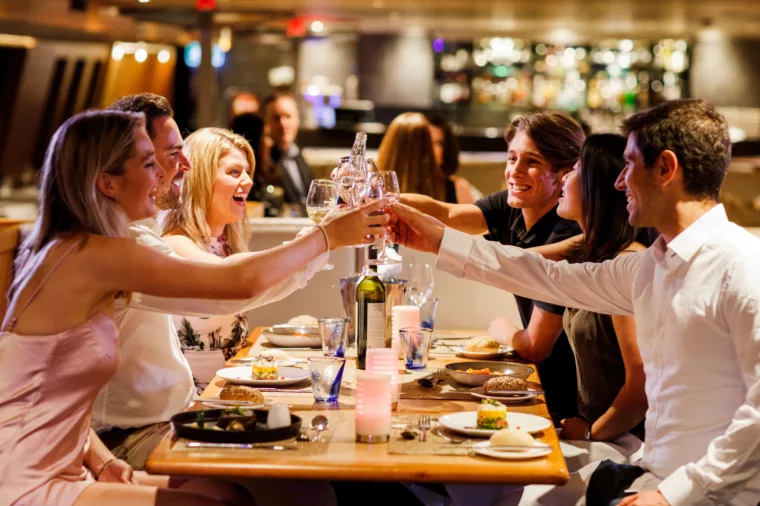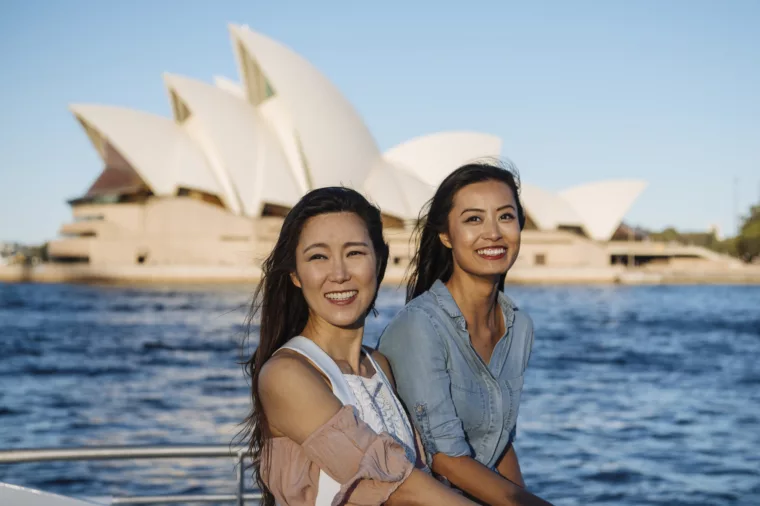Connect with Aboriginal history and culture on Sydney Harbour
Before the British settlement in 1788, the area now known as Sydney Harbour was inhabited by people of the Eora Nation, upon whose Country the penal settlement was built. Aboriginal people have lived in the region known as Sydney for up to 14,500 years. The clans that inhabited areas around the Harbour are the Gadigal in the south (in the Sydney city region), and the Cammeraygal in the north of the Harbour.
Australian society has struggled to establish respectful relationships with indigenous communities, from the first British settlers to current times although reconciliation is high on the agenda for the Australian government.
Evidence of pre-European life has been conserved in many ways and sites have been identified and can be explored on Sydney Harbour.
As you explore Sydney Harbour on a Captain Cook Cruise there are several points of interest that bear the significance of indigenous cultural life on the Harbour and islands.








